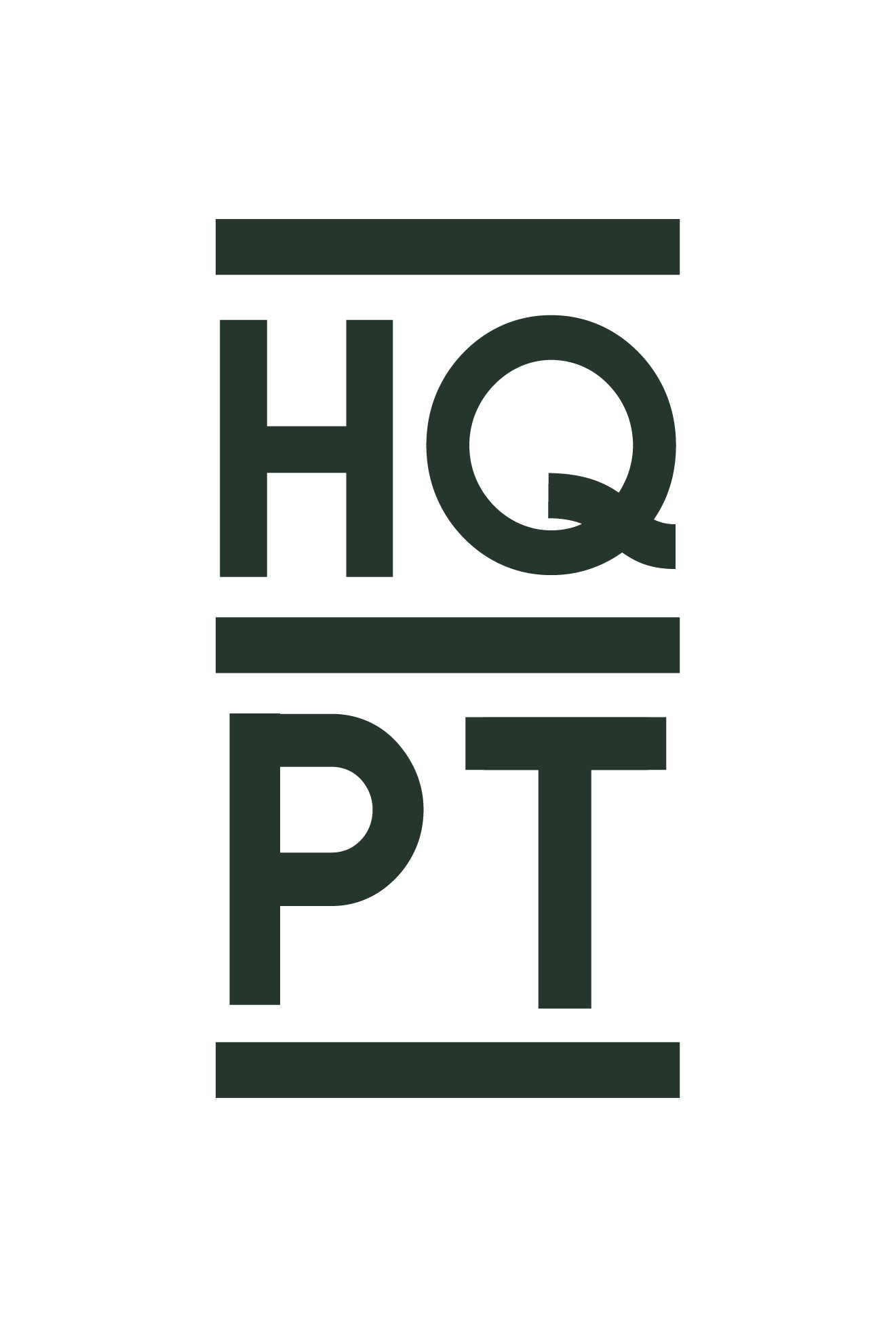Relative Energy Deficiency in Sport
This week's blog is by Michelle Tegenkamp, Headquarters Nutrition's lead dietitian. Her passion is helping runners of all levels experience their best performance through optimal nutrition.
Relative Energy Deficiency in Sport (RED-S) is a common, yet often overlooked, condition in the world of female athletics. RED-S is a result of insufficient caloric intake to satisfy energy expenditure and often negatively impacts energy, menstrual cycles, bone health, immunity, muscle development, and cardiovascular and psychological health. While not having a regular menstrual cycle can seem like a relief symptomatically, it is actually very concerning for female athletes. What I will often tell athletes that I am working with is that while it may be common to not have a regular menstrual cycle but it is not normal or healthy. Menstrual cycle disruption is associated with long-term poor bone health. A late onset of menses (> age 16) or loss of regular cycle after starting (especially less than 6 cycles in 12 months) puts athletes at a high risk for these disruptions.
As with any injury or illness there are often multiple factors to examine. When it comes to female athletes losing their menstrual cycle my job is to understand their dietary intake relative to their output. Inadequate energy consumption can lead to decreased bone mineral density, which can contribute to bone stress injuries that are very common in the hips, shins, and feet of runners. Consuming adequate calories can be challenging for athletes of both genders. Sometimes there is a purposeful reduction in energy intake (as seen with disordered eating) and sometimes it is a lack of knowledge where athletes don’t realize just how many calories they are burning and needing to consume to support their training. For others, energy output can be so high that adequate intake can be more of a logistical challenge.
Unfortunately, too often athletes don’t seek help or realize this is a problem until they become injured or are struggling with their training but there are many risks related to inadequate energy consumption relative to energy expenditure:
-loss of menstrual cycle/menstrual disturbances for females -poor bone health and stress fractures -low testosterone (for males) -increased risk of injury muscle strains -increased risk of illness -mood disturbances -poor concentration -decreased performance -excessive fatigue -increased recovery time -stunted growth for children and adolescents
Every individual is going to have different dietary and energy needs. Athletes that are training consistently are not going to have the same needs as those that sit at a desk all day! I often have to remind athletes to listen to general media, friends, family, or co-workers’ suggestions on diet and food intake with a grain of salt because of these individualistic needs. Consuming sufficient energy to meet needs is critical information for an athlete to know. From there we can determine and implement a personal nutrition strategy to maximize training capacity, recovery and performance while minimizing risk for injury and illness. Don’t wait for the red flag of an injury to address nutrition needs. If you, or your student athlete, are experiencing any of the signs and symptoms mentioned above contact us at Headquarters Nutrition and Headquarters Physical Therapy to have your nutrition plan and training plan aligned for your best performance and injury risk reduction!

